Get ready to be inspired by the exciting world of self-directed learning (SDL)! At first glance, you might think that SDL means learning independently, but the truth is that it’s so much more than that. SDL involves a learner who is supported by guides or facilitators and a specific educational approach, all with the goal of giving the learner a greater sense of control and responsibility (Morris, 2019).
In today’s world, lifelong learning is more important than ever before. That’s why self-regulation and self-direction skills are considered essential for success, and it’s crucial for students to learn these skills in school. Furthermore, by promoting self-regulation and self-direction, we can enhance learning and increase motivation, which is a win-win situation for everyone involved.
While independent learning with minimal guidance might seem like a good idea at first, studies have shown that this approach is not effective (Kirschner & Hendrick, 2020). Instead, self-regulated learning, which involves appropriate actions such as providing clear instructions and breaking down complex tasks into smaller, progressive steps, is the key to success (Rosenshine, 2012). And when students feel competent, they’re more likely to be motivated and engaged in their learning.
But why stop at self-regulated learning when you can take it a step further with self-directed learning? In SDL, the learner takes the lead by setting their own learning objectives, identifying assessments for feedback, and finding resources to help them reach their goals. As a result, the teacher’s role is transformed from a traditional instructor to a learning process facilitator. With SDL, learners gain control, confidence, and belief in themselves, which translates into increased motivation and a greater sense of empowerment (Sitzmann & Ely, 2011).
Although formal educational contexts can make it challenging to implement SDL, many schools that embrace a more student-centred approach have emerged. These schools aim to respect the learning pace of each student and adopt innovative methods such as the “ungrading” movement.
So what are you waiting for? Join the exciting world of SDL today and unlock your full potential as a self-directed teacher/facilitator/learner!
References:
Kirschner, P. A., & Hendrick, C. (2020). How learning happens: Seminal works in educational psychology and what they mean in practice. Routledge.
Morris, T.H. (2019). Self-directed learning: A fundamental competence in a rapidly changing world. International Review of Education, 65, 633–653. https://doi.org/10.1007/s11159-019-09793-2Rosenshine, B. (2012). Principles of instruction: Research-based strategies that all teachers should know. American Educator, 36(1), 12–19.
Sitzmann, T., & Ely, K. (2011). A meta-analysis of self-regulated learning in work-related training and educational attainment: what we know and where we need to go. Psychological bulletin, 137(3), 421-442. https://doi.org/10.1037/a0022777
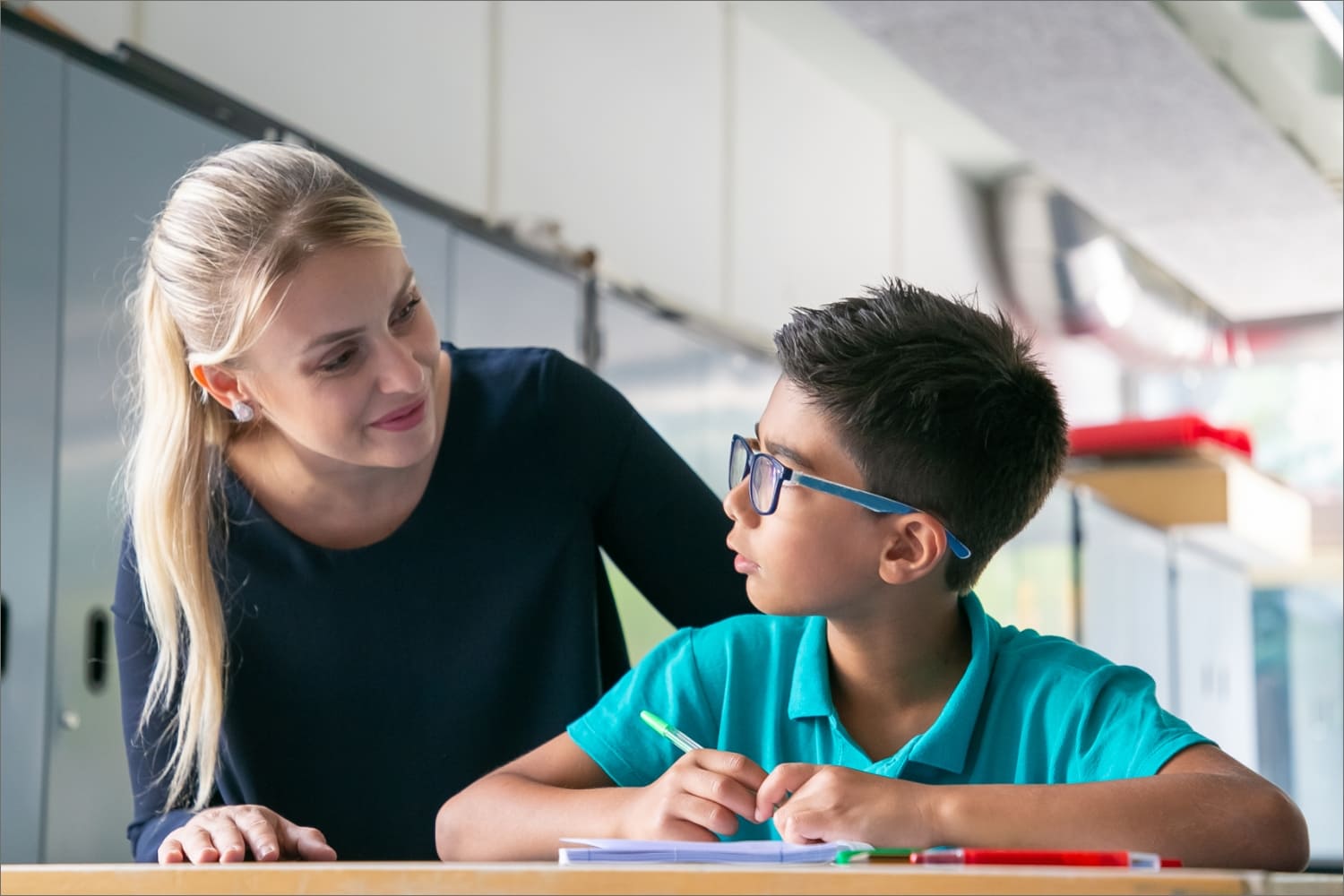


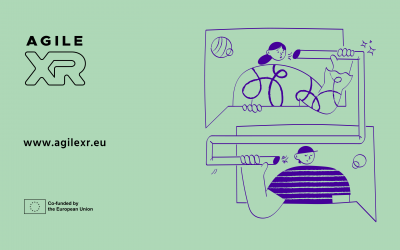
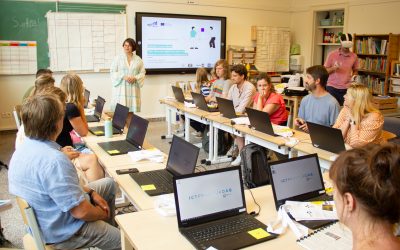

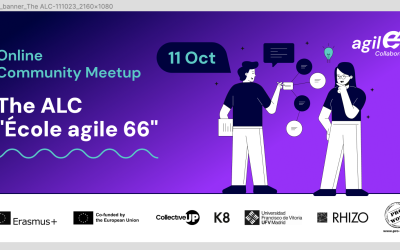



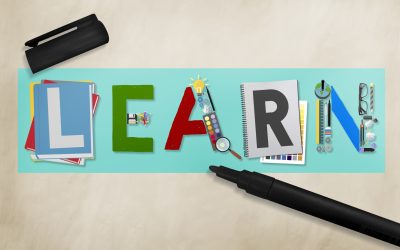
0 Comments